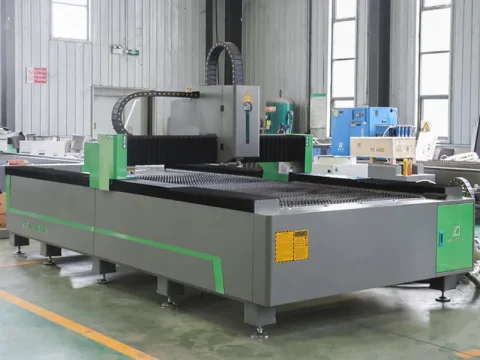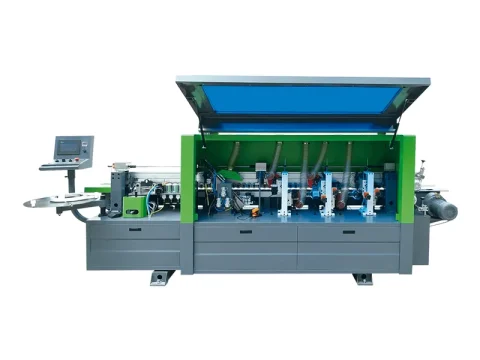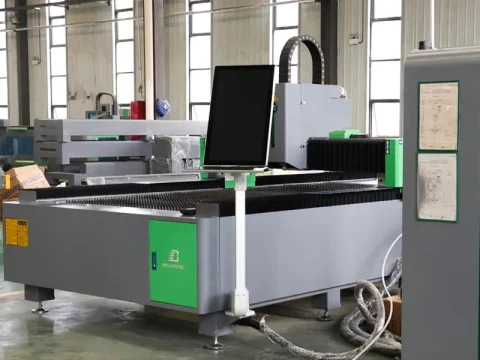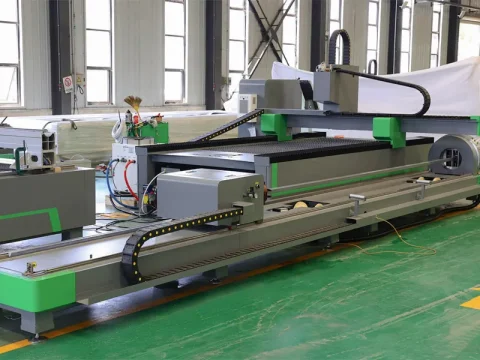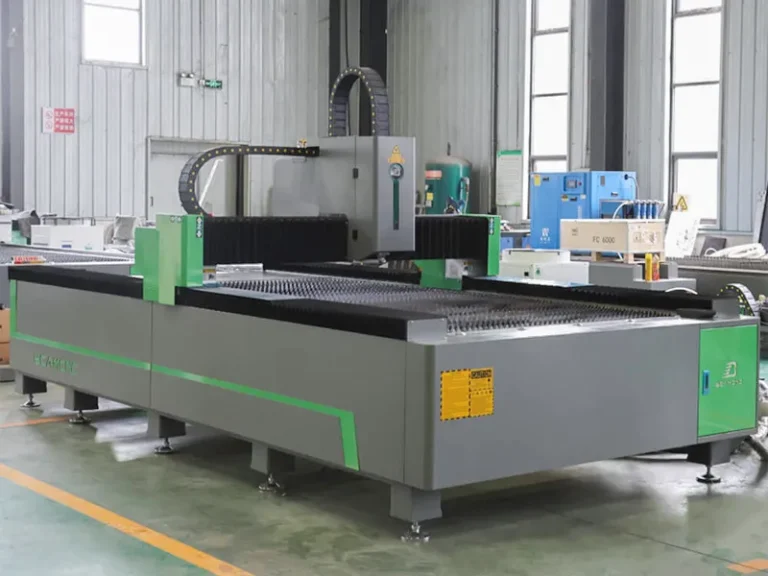At BCAMCNC, we understand that foam processing is more than just cutting shapes—it’s about delivering precision, efficiency, and consistent quality. Whether your business serves packaging, signage, automotive interiors, or aerospace components, the right CNC router can make all the difference. In this article, we’ll walk through key considerations, best practices, and how to get the most from your foam-cutting operations.
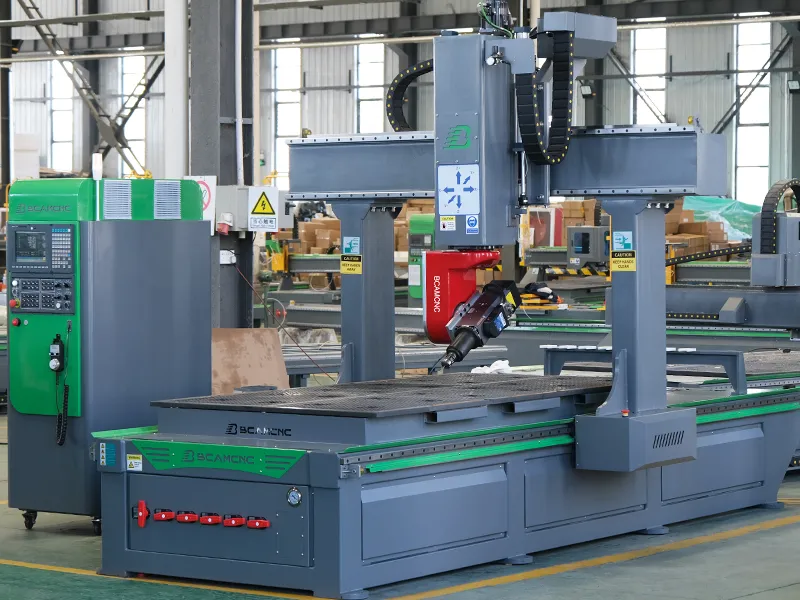
Why foam matters
Foam materials are growing in importance across many industries. Their light weight, shock-absorption, and insulating properties make them ideal for everything from protective packaging to vibration dampening to display and signage work. When processed correctly, foam adds real value to products—and when processed poorly, it can lead to waste, inconsistent parts, and increased costs.
Choose the right foam type
Not all foams are created equal. Here are some attributes to check before running a job:
- Density and firmness (often shown as ILD/IFD for cushioning foams)
- Material composition — e.g., polyethylene (PE), cross-link polyethylene (XLPE), polyurethane (PU)
- Sheet thickness and size — make sure your machine can handle the sheet size and thickness you intend to cut
- Surface finish requirements — downstream parts may need clean edges and tight tolerances
Understanding these factors upfront means you can configure your workflow accordingly and avoid mis-cuts, uneven edges, or excessive scrap.
What to look for in a CNC router
When selecting a CNC router for foam processing, here are some key features to prioritise:
- Hybrid cutting capability: A router that supports both traditional spindle cutting and oscillating or tangential knife tools offers much greater flexibility when working with foam of different densities or needing fine detail.
- Gantry clearance / Z-height: If you’re working with thick foam boards or large inserts, ensure the machine has sufficient gantry clearance (for example 12″ or more) so you don’t need to workaround or cut in multiple passes.
- High-speed repeatability: Foam production is often about volume and consistency. A machine that cuts quickly and repeats accurately will reduce cycle times and improve throughput.
- Multi-material compatibility: If your workflow involves foam plus other materials (such as adhesives, plastics, or composite layers), you’ll benefit from a router that can switch tools or modes easily and handle different material behaviours.
- Automation & support features: Features such as automatic tool changers, laser alignment, vacuum hold-down systems, and operator-friendly software will increase productivity and reduce operator training time.
Best practices for foam processing
Here are some workflow tips to help you get the most from your foam cutting operations:
1.Secure the foam flat: Use a vacuum table or suitable hold-down to prevent movement during cutting, especially for large sheets.
2.Choose the correct tool: For soft high-density foam a tangential knife might give cleaner edges; for rigid foam a spindle tool may be appropriate.
3.Optimize cutting paths: Minimising unnecessary tool lifts and repositioning saves time. Also consider which edges need chamfers, pockets or detailed features.
4.Reduce material waste: Nest your parts effectively to make the most of the sheet size. Monitor kerf width and adjust accordingly.
5.Keep edge quality high: Sharp edges and smooth transitions matter, especially for protective inserts or display items. Inspect sample parts and adjust cutting speeds or tool changes if needed.
6.Monitor machine maintenance: Clean vacuum pads, ensure knives are sharp, check spindle bearings and maintain proper firmware/software updates. A well-maintained machine equals fewer interruptions and higher uptime.
Real-world example: scaling with precision
Imagine a foam-insert manufacturer expanding their operation: they need to increase capacity, reduce material waste and maintain consistent output for high-end protective packaging. By selecting a CNC router with both oscillating knife and spindle tool capability, plus ample Z-clearance, they can run thicker foam sheets faster, reduce scrap due to mis-cuts, and maintain tight tolerances across many parts. The result: higher throughput, better margins, and improved customer satisfaction.
Why BCAMCNC is your foam-cutting partner
At BCAMCNC we combine decades of experience in CNC systems with a deep understanding of foam-based workflows. What sets us apart:
- We tailor machine configurations to your specific foam application—sheet size, material type, precision requirements.
- We provide operator training, technical support and workflow advice so you can hit production targets with confidence.
- We focus on efficiency and ROI—helping you choose the machine and setup that fits your budget, floor space and production goals.
- We help you future-proof your operation so you can adapt to new foam types and design trends as your market evolves.
Getting started
Ready to upgrade your foam processing workflow? Here’s how to move forward:
1.Assess your current foam processing bottlenecks—material waste, cycle time, edge quality, or machine downtime.
2.Define your priorities—sheet size, thickness, detail level, production volume.
3.Schedule a demo or speak with our team at BCAM CNC to review machine options, tooling and automation features.
4.Implement a pilot run to validate tool paths, material hold-down, and part quality.
5.Track key metrics over the first few weeks—throughput, scrap rate, machine uptime, operator efficiency—and optimise accordingly.
At BCAMCNC, we believe that when you get the process right, foam becomes a high-value component rather than a cost centre. Let us help you move from simply cutting foam to mastering foam processing.
If you’d like to talk through your foam processing requirements, drop us a message at admin@bcamcnc.com
or WhatsApp us at +8615154109683 We’re ready when you are.
